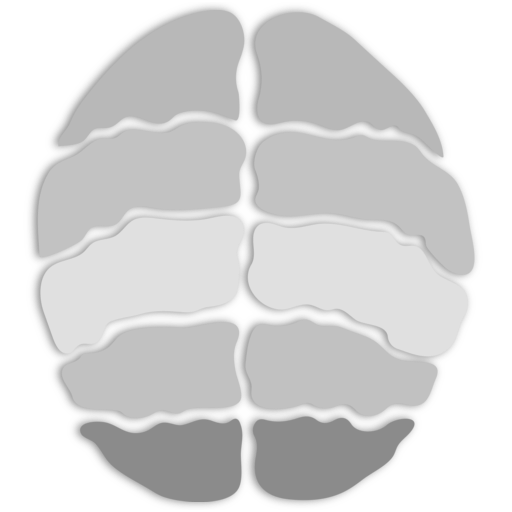
Psychedelics
Put your brand in front of thousands monthly and support the growth of harm reduction.
After effects
HPPD/Flashbacks
It is possible to suffer from HPPD (Hallucinogen Persisting Perceptual Disorder) or flashbacks after use of a psychedelic substance. Both result in a re-experiencing of one or more of the psychedelic effects a long time after trying the drug (months or years). Scientists still don't agree on whether they are the same condition in varying degrees or completely separate; more research is needed.
The main difference between HPPD and flashbacks is that the former is a distressing medical condition, while the latter can be experienced as either positive or negative. HPPD is a disorder described in DSM-V, but this condition still remains poorly defined and studied. We still do not know how many people suffer from it, what makes people vulnerable to it or the optimal ways to treat it. People with HPPD experience visualisations that are frequent, and impinge upon their daily lives. Flashbacks are meant to be intermittent, infrequent experiences, whereas HPPD is described as a more persistent state. However, both terms are often used interchangeably. If you think you have HPPD or are experiencing flashbacks, do not hesitate to seek medical help.
Psychosis/Schizophrenia
It is also worth remembering that using psychedelics ‘might play some precipitating role in the onset of schizophrenia, bringing this disorder on more quickly’. Even MDMA use has reportedly led to onset psychosis. This isn’t intended to scare you off using these substances, but it is important to know the risks inherent in using psychedelics. Ongoing effects are far more likely to occur in people with preexisting psychotic disorders, bipolar disorder, or a family history of schizophrenia. Taking psychedelics with any of the above factors is dangerous, please seriously consider whether a potential permanent psychiatric disorder is a risk worth taking.
References: Murray et al; Paparelli et al; Patel et al
Put your brand in front of thousands monthly and support the growth of harm reduction.
